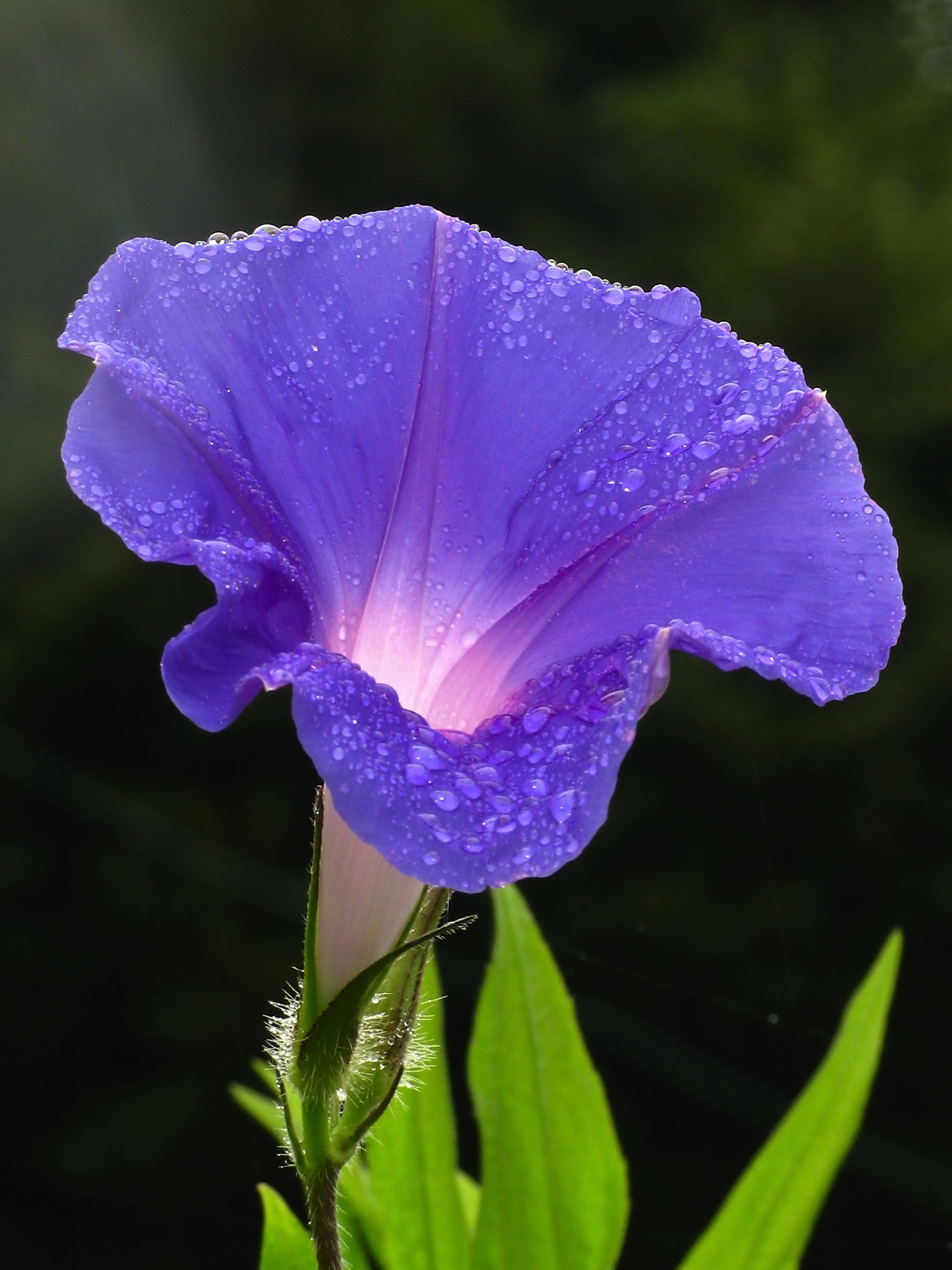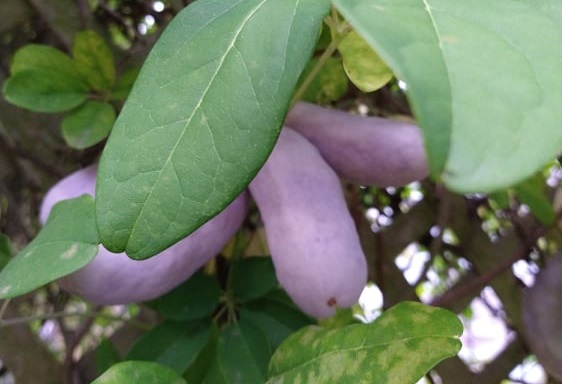|
Bine (botany)
A vine is any plant with a growth habit of trailing or scandent (that is, climbing) stems, lianas, or runners. The word ''vine'' can also refer to such stems or runners themselves, for instance, when used in wicker work.Jackson; Benjamin; Daydon (1928). ''A Glossary of Botanic Terms with their Derivation and Accent'', 4th ed. London: Gerald Duckworth & Co. In parts of the world, including the British Isles, the term "vine" usually applies exclusively to grapevines, while the term "climber" is used for all climbing plants. Growth forms Certain plants always grow as vines, while a few grow as vines only part of the time. For instance, poison ivy and bittersweet can grow as low shrubs when support is not available, but will become vines when support is available. A vine displays a growth form based on very long stems. This has two purposes. A vine may use rock exposures, other plants, or other supports for growth rather than investing energy in a lot of supportive tissue, ... [...More Info...] [...Related Items...] OR: [Wikipedia] [Google] [Baidu] |
Tendril
In botany, a tendril is a specialized Plant stem, stem, leaf or Petiole (botany), petiole with a thread-like shape used by climbing plants for support and attachment, as well as cellular invasion by parasitic plants such as ''Cuscuta''. There are many plants that have tendrils; including sweet peas, passionflower, grapes and the Chilean glory-flower. Tendrils respond to touch and to chemical factors by curling, twining, or adhering to suitable structures or hosts. Tendrils vary greatly in size from a few centimeters up to 27 inches (69 centimeters) for ''Nepenthes harryana''. The chestnut vine (''Tetrastigma voinierianum'') can have tendrils up to 20.5 inches (52 centimeters) in length. Normally there is only one simple or branched tendril at each node (see plant stem), but the aardvark cucumber (''Cucumis humifructus'') can have as many as eight. History The earliest and most comprehensive study of tendrils was Charles Darwin's monograph ''On the Movements and Habits of Climb ... [...More Info...] [...Related Items...] OR: [Wikipedia] [Google] [Baidu] |
Climbing Fern
''Lygodium'' (climbing fern) is a genus of about 40 species of ferns, native to tropical regions across the world, with a few temperate species in eastern Asia and eastern North America. It is the sole genus in the family Lygodiaceae in the Pteridophyte Phylogeny Group classification of 2016 (PPG I). Alternatively, the genus may be placed as the only genus in the subfamily Lygodioideae of a more broadly defined family Schizaeaceae, the family placement used in ''Plants of the World Online'' . Per recent molecular evidence, Lygodiaceae is thought to have diverged relatively early from the other members of the Schizaeales due to the relatively high level of synonymous sequence divergence between the families within the Schizaeales. Description ''Lygodium'' are unusual in that the rachis, or midrib, of the frond is thin, flexible, and long, the frond unrolling with indeterminate growth and the rachis twining around supports, so that each frond forms a distinct vine. The fronds may ... [...More Info...] [...Related Items...] OR: [Wikipedia] [Google] [Baidu] |
Morning Glory
Morning glory (also written as morning-glory) is the common name for over 1,000 species of flowering plants in the family Convolvulaceae, whose taxonomy and systematics remain in flux. These species are distributed across numerous genus, genera, including: * ''Argyreia'' * ''Astripomoea'' * ''Calystegia'' * ''Convolvulus'' * ''Ipomoea'' (the largest genus) * ''Lepistemon'' * ''Merremia'' * ''Operculina'' * ''Rivea'' * ''Stictocardia'' ''Ipomoea tricolor'', commonly known simply as "morning glory", is the archetypical species for the group and is renowned for its many beautiful varieties, such as 'Heavenly Blue', 'Flying Saucers', and 'Pearly Gates'. As the name suggests, most morning glory flowers open early in the day and begin to fade by late morning, as the Corolla (botany), corolla starts to curl inward. They thrive in full sun and prefer mesic habitat, mesic soils. While many species are known for their diurnal blooming pattern, some, such as ''Ipomoea muricata'', ''Ipo ... [...More Info...] [...Related Items...] OR: [Wikipedia] [Google] [Baidu] |
Kiwifruit
Kiwifruit (often shortened to kiwi), or Chinese gooseberry, is the edible berry (botany), berry of several species of woody vines in the genus ''Actinidia''. The most common cultivar group of kiwifruit (Actinidia chinensis var. deliciosa, ''Actinidia chinensis'' var. ''deliciosa'' 'Hayward') is oval, about the size of a large Egg (food), hen's egg: in length and in diameter. Kiwifruit has a thin, fuzzy, fibrous, tart but edible, light brown skin and light green or golden flesh with rows of tiny, black, edible seeds. The fruit has a soft texture with a sweet and unique flavour. Kiwifruit is native to central and eastern China, with the first recorded description dating back to the 12th century during the Song dynasty. In the early 20th century, cultivation of kiwifruit spread from China to New Zealand, where the first commercial plantings took place. It gained popularity among British and American servicemen stationed in New Zealand during World War II, and later became c ... [...More Info...] [...Related Items...] OR: [Wikipedia] [Google] [Baidu] |
Wisteria
''Wisteria'' is a genus of flowering plants in the legume family, Fabaceae (Leguminosae). The genus includes four species of woody twining vines that are native to China, Japan, Korea, Vietnam, southern Canada, the Eastern United States, and north of Iran. They were later introduced to France, Germany and various other countries in Europe. Some species are popular ornamental plants. The genus name is also used as the English name, and may then be spelt 'wistaria'. In some countries in Western and Central Europe, ''Wisteria'' is also known by a variant spelling of the genus in which species were formerly placed, ''Glycine (plant), Glycine''. Examples include the French ''glycines'', the German ''Glyzinie'', and the Polish ''glicynia''. The aquatic flowering plant commonly called wisteria or 'water wisteria' is ''Hygrophila difformis'', in the family Acanthaceae. Description Wisterias climb by twining their Plant stem, stems around any available support. ''Wisteria floribunda, W. ... [...More Info...] [...Related Items...] OR: [Wikipedia] [Google] [Baidu] |
Akebia Quinata
''Akebia quinata'' –commonly known as , chocolate vine, five-leaf chocolate vine, or five-leaf akebia– is a vine that is native to Japan, China and Korea, commonly used as an Ornamental plant, ornamental or edible plant in the United States and Europe. In its native habitat, it is often found on hills, in hedges, on trees, along forest edges and streams, and on mountainous slopes. Etymology ''Akebi'', its Japanese language, Japanese vernacular name, was originally written as け; it derives from and , due to its fruit splitting open when ripe. The epithet ''quinata'' means 'divided into five' and is presumably a reference to its lobed leaves. Description ''Akebia quinata'' is a climbing evergreen vine that grows to or more in height and has palmately compound leaves with five elliptic or obovate leaflets that are notched at the tip. The woody stems are greyish-brown with lenticels. The flowers are clustered in racemes and are chocolate-scented, with three or four sepa ... [...More Info...] [...Related Items...] OR: [Wikipedia] [Google] [Baidu] |
Liana
A liana is a long-Plant stem, stemmed Woody plant, woody vine that is rooted in the soil at ground level and uses trees, as well as other means of vertical support, to climb up to the Canopy (biology), canopy in search of direct sunlight. The word ''liana'' does not refer to a Taxonomy (biology), taxonomic grouping, but rather a habit of plant growth—much like ''tree'' or ''shrub''. It comes from standard French , itself from an Antilles French dialect word meaning to sheaf (agriculture), sheave. Ecology Lianas are characteristic of Tropical and subtropical moist broadleaf forests, tropical moist broadleaf forests (especially Tropical seasonal forest, seasonal forests), but may be found in temperate rainforests and temperate deciduous forests. There are also temperate lianas, for example the members of the ''Clematis'' or ''Vitis'' (wild grape) genera. Lianas can form bridges in the forest canopy, providing Arboreal locomotion, arboreal animals—including ants and many ot ... [...More Info...] [...Related Items...] OR: [Wikipedia] [Google] [Baidu] |
Bald Cypress
''Taxodium distichum'' (baldcypress, bald-cypress, bald cypress, swamp cypress; ; ''cipre'' in Louisiana) is a deciduous conifer in the family Cupressaceae. It is native to the southeastern United States. Hardy and tough, this tree adapts to a wide range of soil types, whether wet, salty, dry, or swampy. It is noted for the russet-red fall color of its lacy needles. This plant has some cultivated varietiesFarjon, A. (2005). ''Monograph of Cupressaceae and Sciadopitys''. Royal Botanic Gardens, Kew. and is often used in groupings in public spaces. Common names include bald cypress, swamp cypress, white cypress, tidewater red cypress, gulf cypress, and red cypress. The bald cypress was designated the official state tree of Louisiana in 1963. In some cultures, the bald cypress symbolizes longevity, endurance, and mourning. Bald cypress trees are valued because of their rot-resistant heartwood when the trees are mature. Because of this, the trees are often used for making fence ... [...More Info...] [...Related Items...] OR: [Wikipedia] [Google] [Baidu] |
Pieris Phillyreifolia
''Pieris phillyreifolia'', commonly known as the climbing fetterbush, is a shrubby vine. An evergreen perennial in the Ericaceae family, it has white flowers. It grows in the southeastern United States. It is a dicot The dicotyledons, also known as dicots (or, more rarely, dicotyls), are one of the two groups into which all the flowering plants (angiosperms) were formerly divided. The name refers to one of the typical characteristics of the group: namely, ... in the '' Pieris'' genus. References phillyreifolia Flora of Florida Flora of Alabama Flora of Georgia (U.S. state) Flora of Mississippi Flora of South Carolina Plants described in 1837 Taxa named by William Jackson Hooker {{Ericaceae-stub ... [...More Info...] [...Related Items...] OR: [Wikipedia] [Google] [Baidu] |
Artabotrys Hexapetalus
''Artabotrys hexapetalus'', the climbing ylang-ylang, is a shrub found in India through to Burma, southern China and Taiwan, having flowers that are renowned for their exotic fragrance. It is also called ylang-ylang vine or tail grape in English, with a variety of names in other languages. The yellow colored flowers of this plant are very fragrant. The flowers are greenish in the beginning and turn yellow with age. They are long lasting with a fruity pleasant smell. When young it is a shrub that turns into a climber once it attains the height of about 2 meters. It is a large woody climber or half-scandent shrub and originated in South China, Burma (Myanmar), the Philippines and India. Its flowers are axillary, solitary, or in clusters of two or three, greenish yellow in color when ripe and give a strong smell resembling that of ripened jackfruit The jackfruit or ''nangka'' (''Artocarpus heterophyllus'') is a species of tree in the Common fig, fig, mulberry, and breadfruit f ... [...More Info...] [...Related Items...] OR: [Wikipedia] [Google] [Baidu] |
Parthenocissus
''Parthenocissus'' , is a genus of tendril vine, climbing plants in the grape family (biology), family, Vitaceae. It contains about 12 species native plant, native to the Himalaya, eastern Asia and North America. Several are grown for ornamental use, notably ''P. henryana'', ''P. quinquefolia'' and ''P. tricuspidata''. Etymology The name derives from the Greek παρθένος (''parthenos'') "virgin", and κισσός (''kissós'') (Latinized as "cissus"), "ivy The reason is variously given as the ability of these creepers to form seeds without pollen, pollination or the English name of ''P. quinquefolia'', Virginia creeper, which has become attached to the whole genus. Fossil record Among the middle Miocene Sarmatian (age), Sarmatian palynology, palynoflora from the Lavanttal Basin, Austrian researchers have recognized ''Parthenocissus'' fossil pollen. The sediment containing the ''Parthenocissus'' fossil pollen had accumulated in a lowland wetland environment with various vege ... [...More Info...] [...Related Items...] OR: [Wikipedia] [Google] [Baidu] |







